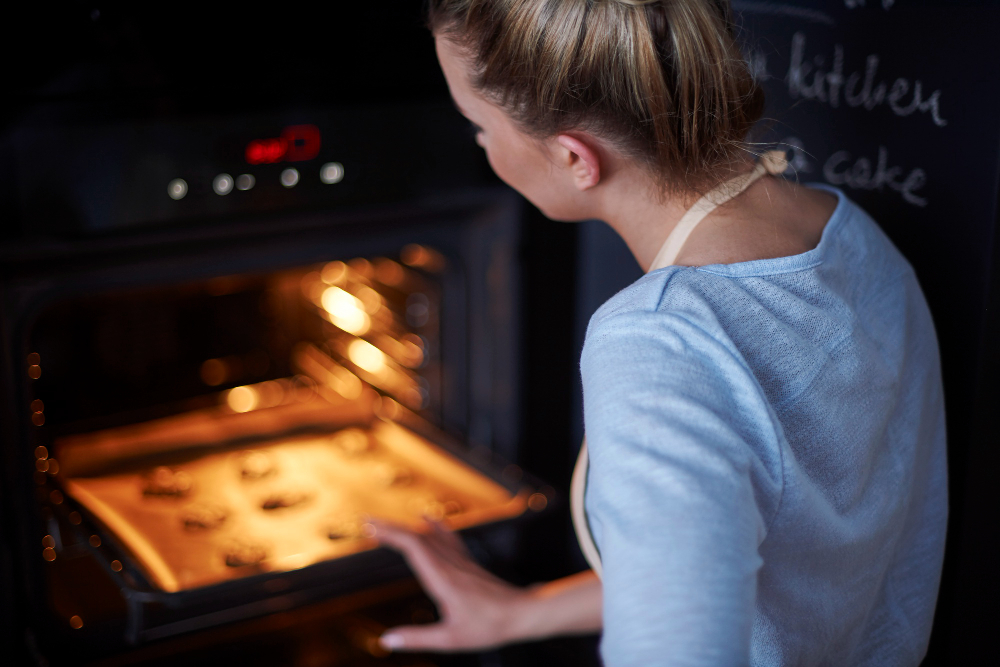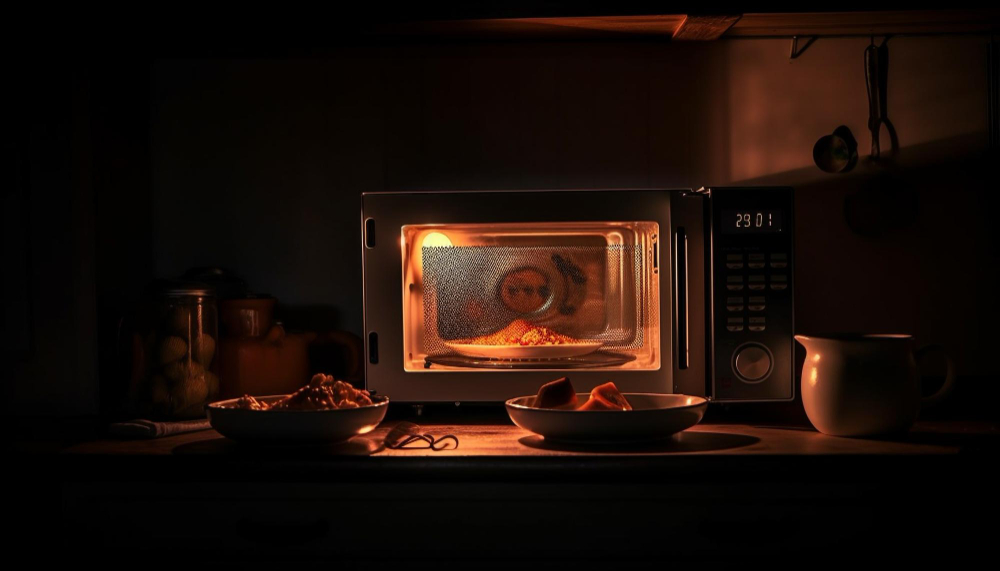Oven Not Working? Try These Troubleshooting Tips
So, your oven’s playing up and dinner’s on the line? Don’t panic! We’ve gathered some simple troubleshooting tips to get your appliance back in the game.
Whether it’s a power issue, heating element problem, temperature control setback, door malfunction, or noise issues, we’re here to help.
Let’s roll up our sleeves and dive right in – who knows, you might just save yourself a costly repair bill!
Checking the Power Source
Before you delve into more complex issues, ensure you’ve checked if your oven’s power source is functioning properly.
A common culprit can be a circuit breakdown, where power isn’t making its way to your oven. This could be due to a tripped circuit breaker or even a blown fuse.
Fuse issues, in particular, can be tricky. Your oven may appear to have power because the clock or a light is working, but the heating element isn’t. That’s a sign that one fuse might be blown while others are intact. It’s important you identify and replace any faulty fuses as soon as possible.
Investigating the Heating Elements

Once you’ve ruled out power issues, it’s time to check out the heating elements of your oven. These are the parts that get red hot and heat your food. Identifying burnt elements is an essential step in troubleshooting your oven. Look for areas that are broken, blistered, or separated. These signs suggest a burnt out element, which will prevent your oven from heating properly.
If you’ve identified a faulty element, don’t fret. The Element Replacement Procedure isn’t as daunting as it sounds. First, make sure the oven is unplugged or the circuit breaker is off. Then, remove the screws holding the element in place and gently pull it out. Disconnect the wires, attach them to the new element, and reinstall. Your oven should be back to normal.
Assessing the Temperature Controls
After ensuring your heating elements are functioning correctly, it’s crucial to look at your oven’s temperature controls next. If your oven isn’t maintaining the right temperature, the problem could be a malfunctioning thermostat.
To fix this, consider calibrating the thermostat. This task might seem daunting, but it’s simpler than you’d think. Usually, you’ll find a calibration dial on the back of your oven’s temperature knob. Adjust this until your oven is heating accurately.
Understanding temperature fluctuations is also essential when assessing your oven’s controls. Notably, it’s normal for oven temperatures to fluctuate during use. However, if the temperature swings by over 50 degrees, it’s time to get a professional involved.
Troubleshooting the Oven Door
In dealing with an oven that’s not working, you’ll want to check the oven door next. Door alignment issues can prevent the oven from maintaining the correct temperature. A misaligned door may not close properly, letting out heat. To troubleshoot, visually inspect the door for alignment. If it’s off, try adjusting the hinges or the door itself.
Next, examine the hinges. If they’re damaged or worn out, they may need replacement. Before jumping in, refer to your oven’s manual for specific hinge replacement tips. Remember to disconnect the oven from the power source before starting any repairs.
If replacing the hinges doesn’t solve the problem, it could point to a more serious issue. Continue troubleshooting or seek professional help if needed.
Dealing With Oven Noise Issues

During the cooking process, if your oven starts making unusual noises, it’s a sign you should investigate further. Addressing fan issues is a good starting point. Listen carefully – if the sound comes from the back, it’s likely your fan. Check for any obstructions or loose parts. A noisy fan can also mean it’s worn out and needs replacing.
Vibration noises can be just as problematic. Eliminating vibration causes involves inspecting the oven’s interior and exterior. Loose racks or untightened screws might be the culprits. Make sure everything is secure and properly aligned. If the noise persists, the issue might be more complicated, like a faulty motor, and professional help may be needed.
Don’t ignore these signs, as they can lead to larger issues down the line.
Frequently Asked Questions
What Should I Do if There’s a Gas Leak in My Oven?
If you’re detecting leaks from your oven, it’s crucial to follow emergency procedures. Immediately shut off the gas, open windows, avoid sparks or flames, and call a professional. Don’t attempt to fix it yourself.
How Can I Clean My Oven Without Damaging Its Components?
To clean your oven without causing damage, you’ll need to use natural cleaners and safe disassembly techniques. Try using baking soda and vinegar, and carefully remove components following the manufacturer’s instructions.
How Often Should I Replace or Service the Internal Parts of the Oven?
You should service your oven’s internal parts based on the manufacturer’s maintenance schedule. Generally, with proper care, oven lifespan can be extended. However, consider replacing parts every 3-5 years for optimal performance.
Why Is My Oven Producing Smoke Even When There’s No Food Inside?
Your oven’s producing smoke due to various smoke causes such as residue buildup or faulty elements. You’ll need to clean it thoroughly and check for malfunctioning parts as remedial measures.
Can Using Incorrect Cooking Ware Damage My Oven?
Yes, using incorrect ware material can damage your oven. High temperature impact from unsuitable cookware may cause parts to warp, overheat, or even break. Always use oven-safe materials to ensure your oven’s longevity.
Conclusion

So, if your oven’s acting up, don’t fret.
By checking the power source, investigating the heating elements, assessing the temperature controls, troubleshooting the door, and dealing with noise issues, you can likely identify the problem yourself.
Remember, sometimes a simple fix is all it takes.
But, if the issue persists, don’t hesitate to call a professional.
Your oven is a vital part of your kitchen – keep it in top shape!
